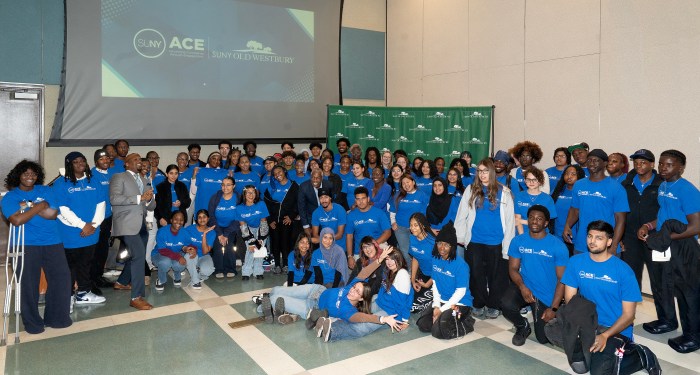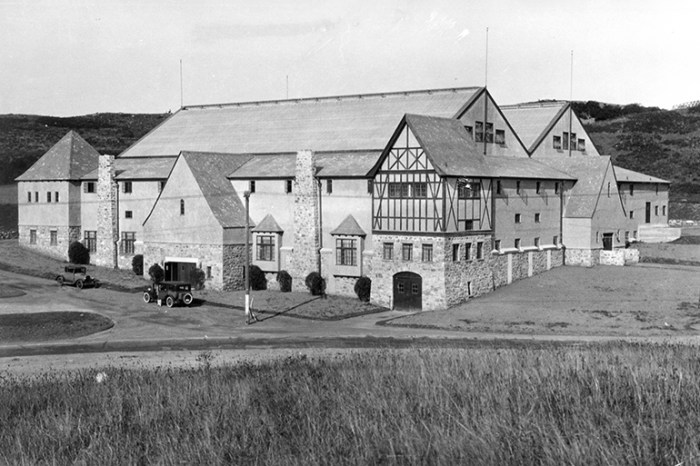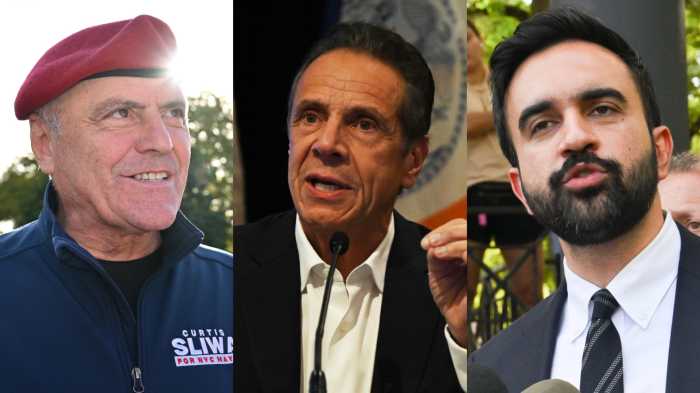Amid talk of hefty tariffs, or taxes on imported goods, a manufacturing migration out of China has begun while some companies boost U.S. inventory to beat the clock before any new “Trump tariffs” kick in.
Trump has talked about imposing tariffs 10% or higher than existing goods from China, and 25% from Mexico and Canada along with high tariffs for many other nations. If enacted, these could boost inflation as well as shift sourcing for everything from steel to shoes to U.S. shores – or simply other nations.
But the talk, and belief that something is likely to occur, already is prompting imports to get in under the wire before unwieldy tariffs can take effect.
“Ocean freight forwarders have seen an uptick in people bringing in more product to stock up in case,” said Tim Binkis, chief client success officer at ICC Logistics Services, in Hicksville. “Customers have been looking at other regions of the world for manufacturing and importing, even before Trump was elected.”
China remains the manufacturing home for many products made for Long Island and other companies nationwide, despite some tariffs already in place. But many believe a
new round could make a big difference.
“Despite tariffs based on the political relationships,U.S. companies are still importing from China,” said Nabil Nahra, owner or Premium Products International, a marketing consulting company that works with ICC Logistics. “It’s been working. Why change? As long as the consumer pays the extra price, let’s keep on doing that.”
Still, a mini migration and diversification away from China has begun. Steve Madden a few days ago said it accelerated plans to move 40% of manufacturing of its $3 billion brand from China in a year to Cambodia, Vietnam, Mexico and Brazil.
Mazda moved some parts manufacturing from China and Apple is moving some manufacturing from China to India.
The Indian government’s Make in India plan seeks to attract foreign investment in manufacturing with tax breaks and subsidies.
“If tariffs are imposed, the impacts won’t be limited only to the years with Trump being president. Companies will be forced to find other places than China,” said Nahra. “The friendlier the country, the lower the tariff.”
The truth behind tariffs
Donald Trump has praised tariffs as the best thing since butter – or maybe margarine. “To me, the most beautiful word in the dictionary is ‘tariffs.’” Trump said. “It’s my favorite word.” He described tariffs as “the greatest thing ever invented” and called himself “Tariff Man.” But what’s so magical about tariffs?
A kind of shadow tax on imports, not paid directly by consumers, tariffs can be used to try to influence where goods are made – as well as to impose consequences for countries with policies out of fvor. Even before Trump, billions of dollars in tariffs already are in place.
For the fiscal year that ended Sept. 30, the U.S. government expected to collect $81.4 billion in tariffs and fees through U.S. Customs and Border Protection agents at 328 ports of entry.
Trump can hike tariffs unilaterally under Section 301 of the 1974 Trade Act applying to nations engaging in unfair or discriminatory trade practices or Section 232 of the 1962 Trade Expansion Act, to protect national security.
The pandemic effect
Supply chain snafus and pandemic problems in China already prompted diversification beyond China. “Since the pandemic, people have taken a closer look at diversification of their supply chain,” Binkis said of “fallback plans and different options.”
Binkis added that “small parcel carriers have emerged since the pandemic,” and “companies are starting to use them.” Nations such as India, Vietnam, Pakistan, Thailand and regions South American beyond Mexico are angling for U.S. manufacturing.
“A lot of customers are looking at Brazil,” Binkis said. “Brazil has developed technology and infrastructure to manufacture.”
Nahra is helping small to medium-sized companies move manufacturing from China to Brazil, including baby cribs, basketballs and high-end promotional items with blinds in the works. Binkis said a customer who makes bathtubs in China is looking at sourcing from Brazil. “It’s not just the political climate. It could be weather, their supplier having issues,” he said. “They want to try and diversify.”
Tariff wars
While Trump says he is trying to end and eschews wars, his policies could ignite trade wars. Trump’s tariffs on steel and aluminum already led to China imposing retaliatory taxes on bourbon and Harley-Davidson motorcycles. And the U.S. faces big tariffs from other nations as well such as Harley Davidson in India.
About 40% of Mexico’s gross domestic product is exported, including 80 percent to the United States , making it vulnerable to tariffs. “Mexico is a small country,” Nahra said. “They will modify their behavior.”
Others talk about trade wars and tariffs as potentially throwing gasoline on inflation’s fire. “The first thing that worries me are the tariffs,” John Bolton, Trump’s former national security adviser, was quoted as saying in Foreign Policy magazine. “We could have an economic crisis in the first six months of the administration.”
The China card
China has been the home of global textiles, starting to move to Thailand, Vietnam and elsewhere, Nahra said.
“China has inflation like we do,” Nahra said of another factor. “Their cost of doing business has been increasing a lot in the last few years.”
There are benefits to moving manufacturing closer to the United States, as transportation costs soar.
Nahra said China to Los Angeles shipping costs from June to July rose from $3,500 to $7,000 per standard container. Shipping companies added $800 surcharges on 40-foot containers from Asia as of February, Nahra added.
“Because of the political tension and the war in the Gulf, they had to detour shipments, so they added surcharges,” Nahra said. “The cost of containers adds at least 15% to the price of a product, which is devastating.”
The immediate impact
The Peterson Institute for International Economics found retaliations to Trump’s primary tariff proposals could shear a percentage point off the U.S. economy by 2026 and increase inflation by 2 percentage points.
But Trump isn’t the only one using tariffs to protect U.S. businesses. The Biden administration in May imposed tariffs on $18 billion in Chinese goods, including semiconductors and electric vehicles, reportedly the equivalent of a $3.6 billion tax increase.
Whether or how much companies onshore production, manufacturing in the USA, isn’t clear. “That’s the reason for the push, to get more manufacturing happening here in the U.S.,” Binkis said. “The U.S. is a potential winner from the manufacturing perspective.”
A study by the Massachusetts Institute of Technology, University of Zurich, Harvard and the World Bank study determined Trump’s first round of tariffs “neither raised nor lowered U.S. employment.” Binkis said automation will play a major role in manufacturing, transportation and warehousing, but it’s not clear what will move where.
“It takes a long time to do the switch,” Nahra said. “A lot of countries have capabilities. But they haven’t been aggressive in promoting them.”
BMW already makes its X3 and X 5 models in the United States and ships globally. So some manufacturing already shifted here, but it’s not clear what will happen next.
“As tariffs increase costs, more products will be made in the U.S. When that happens, it stays,” Nahra said. “It’s not a question of only tariffs. We have the technology, the infrastructure in place. And the stability and cost of doing business.”



































